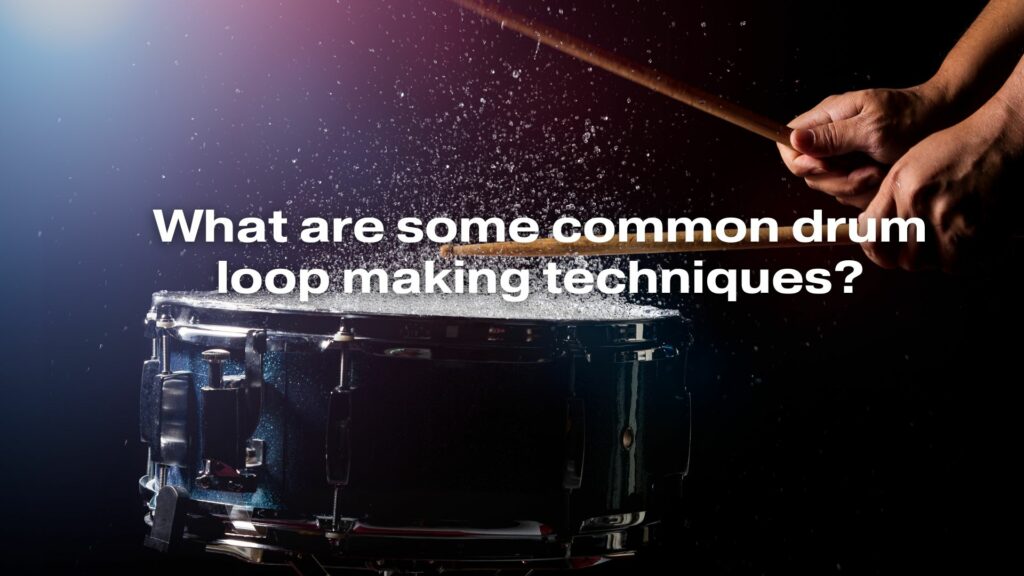Drum loops are a fundamental component of music production, and they often serve as the rhythmic backbone of various genres. Whether you’re an electronic music producer, a hip-hop beatmaker, or a musician, understanding common drum loop making techniques is essential to create engaging and dynamic rhythms. Here are some prevalent techniques used in drum loop creation:
- Basic Drum Patterns:
Start with fundamental drum patterns that usually include a combination of kick drums, snare drums, hi-hats, and sometimes other percussive elements. A basic 4/4 pattern might consist of kicks on the 1st and 3rd beats and snares on the 2nd and 4th beats.
- Layering and Stacking:
Layering involves stacking different drum samples to create a more complex and textured sound. For instance, layering multiple snare samples can result in a snappier and more unique sound.
- Variations and Transitions:
Incorporate variations and transitions within your drum loop to add interest and dynamics. You can change the pattern slightly to introduce variations or use drum fills to transition between sections of your track.
- Swing and Groove:
Add swing and groove to your drum loops to make them feel less rigid and more human. Swing involves adjusting the timing of certain notes to create a shuffle or swing feel. This technique can give your drum loops a unique character.
- Offbeat Hits:
Experiment with offbeat hits to create syncopation in your drum loops. Placing accents on weaker beats or in-between beats can add complexity and interest to the rhythm.
- Ghost Notes:
Incorporate ghost notes in your drum loops. Ghost notes are quiet, subtle hits on the snare or other drums that add depth and intricacy to the rhythm. They are often placed between primary beats.
- Polyrhythms:
Create polyrhythmic patterns by combining different rhythms simultaneously. This technique is prevalent in complex and intricate drumming styles like jazz and world music.
- Odd Time Signatures:
Experiment with odd time signatures (e.g., 5/4, 7/8, 9/8) to create unique and distinctive drum loops. Odd time signatures can add complexity and interest to your rhythms.
- Automation and Modulation:
Use automation and modulation to change parameters of your drum sounds over time. For example, you can automate the pitch, filter, or volume to create evolving drum loops.
- Add Percussion Elements:
Introduce additional percussion elements like congas, bongos, shakers, or other world percussion instruments to add depth and diversity to your drum loops.
- Dynamics and Timing Adjustments:
Experiment with varying the dynamics (velocity) and timing of your drum hits to create a more expressive and human feel in your drum loops. These subtle variations can make your loops more interesting.
- Mixing and Processing:
Apply mixing and processing techniques to your drum loops. Use EQ, compression, reverb, and other effects to shape the sound and make it fit well in the mix.
- Live Drumming or Drum Machines:
Consider using live drumming or drum machines to create unique and organic drum loops. Live drumming adds a human touch, while drum machines offer precise control.
In conclusion, creating compelling drum loops is a creative and fundamental skill in music production. By experimenting with these techniques, you can craft drum loops that enhance the rhythm and energy of your music. Remember that practice and creativity are key to developing your drum loop-making skills and achieving the desired sound for your tracks.


